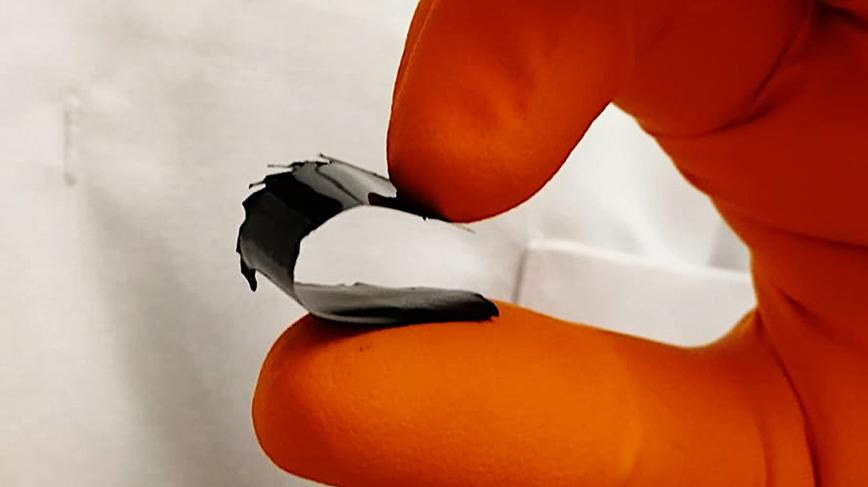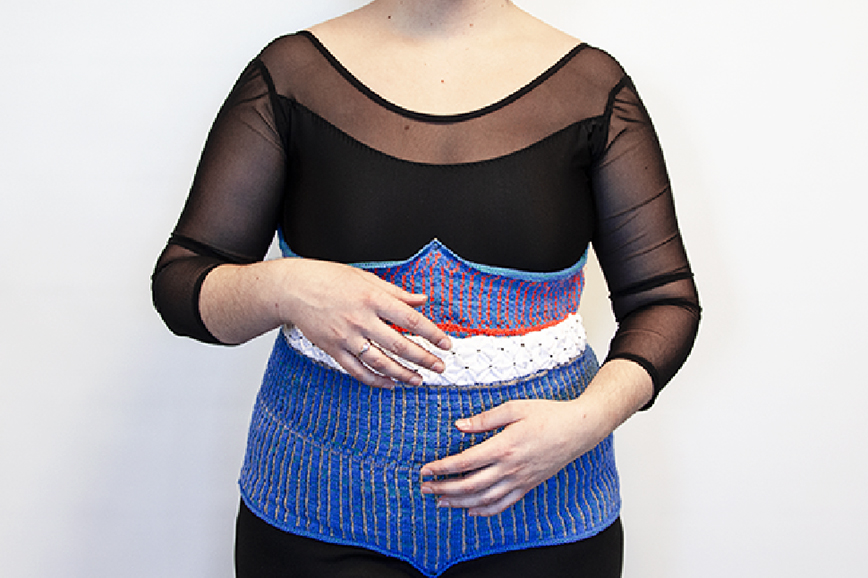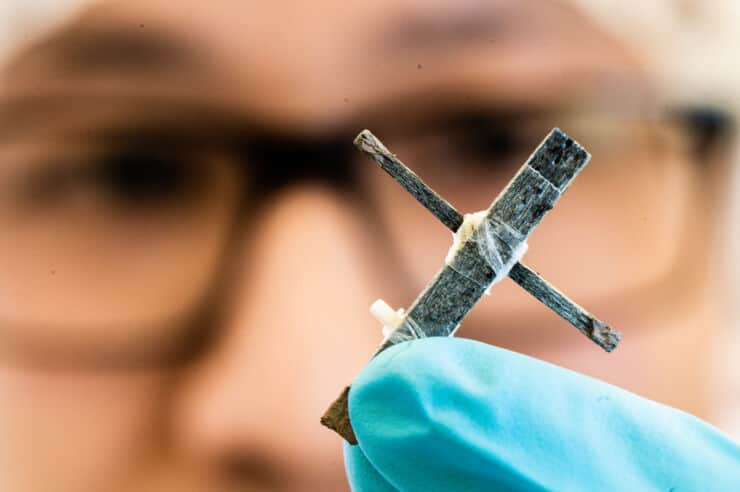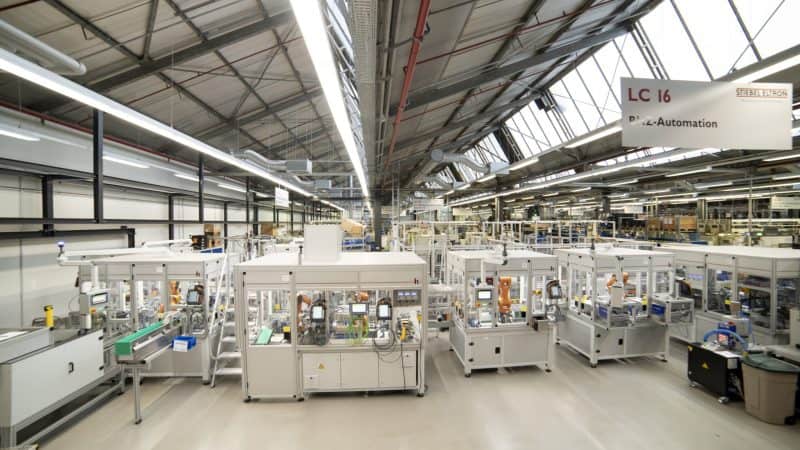
Publishing in American Chemical Society Applied Materials & Interfaces, the researchers from KTH Royal Institute of Technology in Stockholm report that they have developed a promising blend of thermoelectric coating for devices that generate heat amounting to less than 100oC, writes KTH in a press release.
Thermoelectricity is the direct conversion of heat to electricity. It’s possible to capture the heat that a device generates and convert to power that can be used by the same device, or another device. What are required are specially-designed thermoelectric materials.
Material development
When one end of a thermoelectric material is heated up, charge carriers (electrons and holes) move away from the hot end towards the cold end, resulting in an electric current. One challenge is in managing the thermal conductivity and resistance with materials that can be applied to a large area without losing their performance over time.
Muhammet Toprak, Professor of Materials Chemistry at KTH, says that the research his team performed focused on the design and development of hybrid thermoelectric materials for room-temperature operations, which integrates solid state semiconductors with flexible materials such as polymers, to formulate inks.
Impact on IoT and low-power applications
Toprak says that the coating can be applied to any surface that dissipates heat, to generate electrical power. The research also makes headway in gaining better understanding of the capabilities and limitations of materials used for hybrid thermoelectric material design.
“These results open a new low-cost and sustainable way of producing and implementing thermoelectric coatings on a large scale,” Toprak says. “In the short term, this is expected to make an impact for IoT and other low power applications. It could replace batteries by being integrated as a coating in the form of wearable electronics.

“In the long run, with the use of more sustainable inorganic thermoelectric materials compositions and sustainable biopolymers, such as cellulose and lignocellulose (or plant matter), the use of this technology on large areas will impact the adaptation of thermoelectric technology for efficient heat-to-power energy harvesting, as a complementary means to green transition.”
The work was performed in collaboration with University of Valencia, Spain, and University of Warwick, UK.
Selected for you!
Innovation Origins is the European platform for innovation news. In addition to the many reports from our own editors in 15 European countries, we select the most important press releases from reliable sources. This way you can stay up to date on what is happening in the world of innovation. Are you or do you know an organization that should not be missing from our list of selected sources? Then report to our editorial team.






